Kiwi Cinema: A History (Sort Of ...)
This month, a new edition to the cinema of New Zealand will hit our big screens.
"Tracker" stars Ray Winstone (2010's "44-Inch Chest") as an ex-guerilla soldier returned from the Boer war and hired to track down a Maori accused of murdering a British soldier.
Any film amateur would immediately go to the "Lord of the Rings" trilogy if you asked them about New Zealand film. An expert would point you to its director, Peter Jackson, and his earlier works — 1987's "Bad Taste" and 1992's "Braindead" (aka "Dead Alive"), two unnerving gore-fest horrors that are far removed from the blockbusters he’s famous for but perhaps closer to the heart of the New Zealand film industry.
Delve a little deeper and you will find many beautifully made, exquisitely shot films that are a reflection of New Zealand’s varied landscapes — lush tropical forest, desolate scrub and wild beaches. Jackson is thoroughly embedded in New Zealand cinema, so much so that you could write a history of Kiwi film and separate it into three eras:
Pre-Peter Jackson:
The Roxburgh cinema in New Zealand has been open since just before the turn of the century; however, the National Film Unit, which made government-funded documentaries, wasn’t established until 1941. The next stage in the Kiwi film revolution came in the 1970s, after the success of Roger Donaldson's 1977 "Sleeping Dogs," which starred a very young Sam Neill (1993's "Jurassic Park" and 1997's "Event Horizon").
Donaldson went on to co-found the New Zealand Film Commission to help fund and promote many independently made projects. To be classified as a New Zealand film, it had to be set in the country and feature only a native cast and crew. (There is some debate that the "Lord of the Rings" trilogy can be classed as a New Zealand film due to the fact that it was partially funded by foreign production companies).
"Goodbye Pork Pie" (1981)
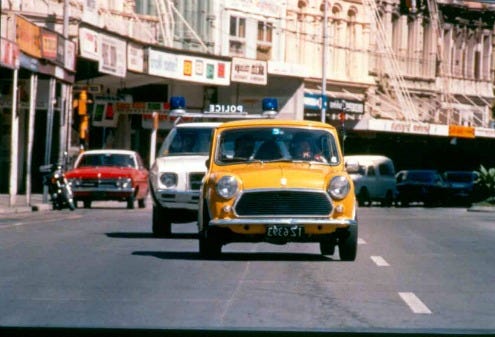
Devastated that his wife has left him and gone to live in Invercargill, John (Tony Barry, 2008's "Australia") teams up with a local named Gerry (Kelly Johnson) who has hired a yellow Mini, which they name Pork Pie, with a stolen license.
Together, they speed across the country (literally from top to bottom) gaining a reputation as "the Blondini Gang" and constantly pursued by the police. This fun road-movie rollick has reminiscences of 1969's "The Italian Job," and, in one scene, the Mini is driven into an empty boxcar on a train.
"The Scarecrow" (1982)
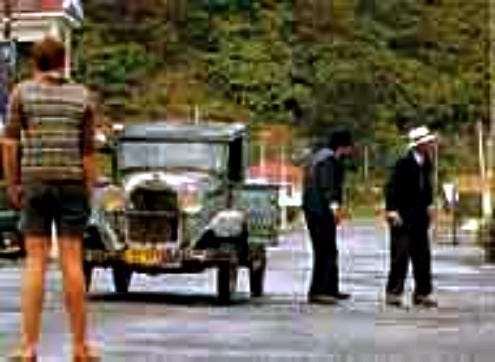
This film could easily be placed alongside the great Hollywood horrors. In a small North Island town in the 1950s, a group of young teenagers experiences a series of strange goings-on following the arrival of a magician (John Carradine). At the same time, local girls are suddenly being killed. This film is a mix of Gothic melodrama, adventure story and small-town thriller.
Connecticut-born director Sam Pillsbury (1997's "Free Willy 3") is also another avid supporter of New Zealand film. He worked for the government-funded National Film Unit as part of a group of emerging directors investigating new styles.
"The Quiet Earth" (1985)
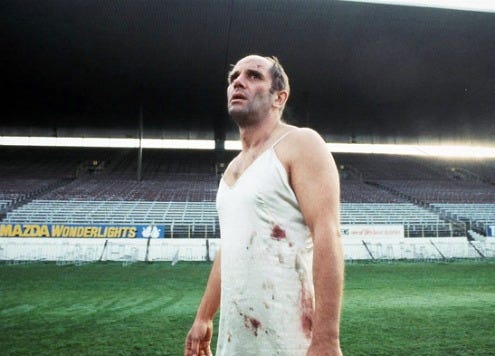
New Zealand’s contribution to the post-apocalyptic movie genre, but minus any zombies/undead locals and directed by Geoff Murphy, also responsible for "Goodbye Pork Pie."
Scientist Zac Hobson (Bruno Lawrence) wakes up to discover that everyone has vanished, coincidentally at the same time an experiment he was working on named Project Flashlight was activated. Hobson then experiences a mental breakdown and goes on a rampage throughout his home city of Auckland. Soon he meets with another survivor, Joanne (Alison Routeledge), and later a Maori named Api (Pete Smith). Together, they discover the devastating truth behind their survival. "The Quiet Earth" comes complete with old fashioned special effects to boggle the mind and give a hint to the chaos happening in the universe.
Peter Jackson:
From masks baked in his Mum’s oven to founder of Weta Digital, probably the most advanced special- and visual-effects company in the world.
"Bad Taste" (1987)
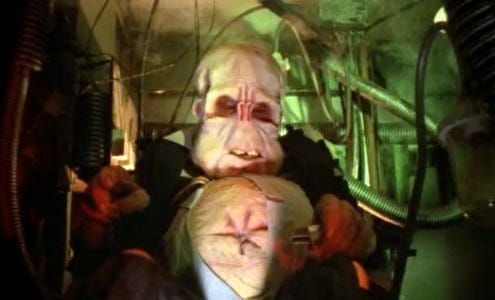
This infamous gore-fest movie has become almost a rite of passage for a film critic/student/young director, much like Quentin Tarantino’s work. In Jackson’s directorial debut, the town of Kaihoro has been overrun by aliens in human form that are hungry for junk food/human flesh. The Astro Investigation and Defence Service (AIDS) sends Derek (Peter Jackson) and friends armed with chainsaws to stop the aliens from munching their way through the planet. Jackson has come a long way since this low-budget film, shot with his mates on weekends in his home town of Pukerua Bay. Despite its amateur appearance, it was unveiled at the Cannes Film Festival the same year and has a very firm cult following.
"Heavenly Creatures" (1994)
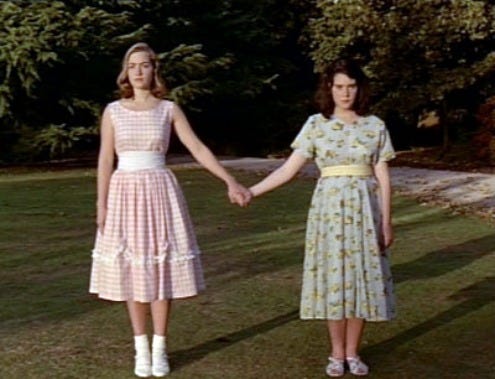
Jackson’s fourth feature film is based on the shocking true story of two BFFs, Pauline and Juliet, who murder Pauline’s mum with a brick in a stocking. Jackson’s mezmerizing film, far removed from his splatter horrors, focuses the plot on the girls’ special relationship, one that borders on homosexuality and becomes so intense that they create their own fantasy world into which to escape.
Melanie Lynskey (2009's "Up in the Air") is Pauline Parker, who befriends Juliet Hulme (Kate Winslet in her surprisingly excellent debut role) when she transfers to her school. Under the disapproving stares of teachers and parents, their relationship gradually descends into escapist fantasy with some homoerotic tendencies on the side.
A big step away from the vomit-inducing gore of "Bad Taste" and "Braindead," "Heavenly's" more advanced special effects were created by his newly formed special- and visual-effects company Weta Digital and includes more than 70 latex costumes that represent the people of Borovnia (their fantasy world).
"The Frighteners" (1996)
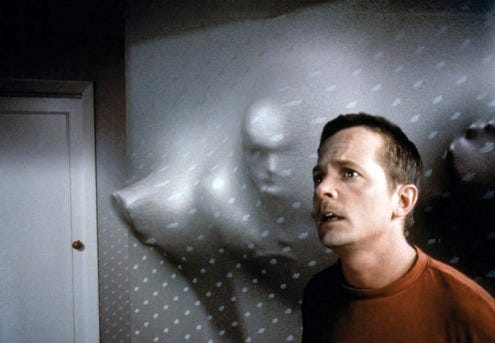
Michael J. Fox gains the ability to see ghosts after a tragic car accident that kills his wife. With his new-found sight, he sets about sending ghosties on their way to the bright light and performing exorcisms for the right price. Things get nasty when the Soul Collector, aka the Grim Reaper, shows up and starts picking people off. Lots of ghost-related humor abounds, including a scene where two babies are suspended in the air.
"The Frighteners" is also a chance for Jackson to wield his visual-effects wand in another, very different genre, with a little help from Wes Takahashi, who stepped in when the team got behind schedule (he was working for George Lucas’ company Industrial Light and Magic at the time). There is also some debate as to whether or not "The Frighteners" is a New Zealand film, as it was funded by Universal Studios and produced by Robert Zemeckis. However, aside from the injection of American dollars, it was filmed entirely on location near Wellington and Weta was responsible for the majority of visual effects.
Post-Peter Jackson:
In part, thanks is due to Peter Jackson’s epic filmmaking, which put the New Zealand film industry firmly in the spotlight. The best outcome of his work and influence was opening up an enormous skill base in the country, allowing many other companies to make use of available post-production facilities available for some very notable and high-quality films.
"The World’s Fastest Indian" (2005)
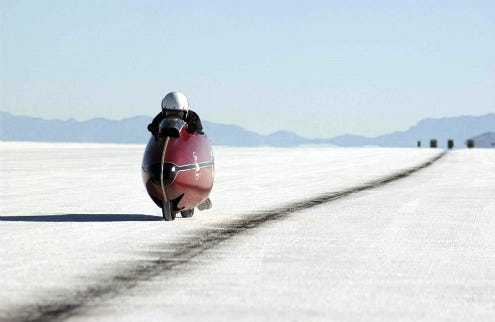
A showcase not only for New Zealand’s breathtaking scenery but also for the local filmmaking talents and the story of one famous New Zealander. Burt Munro (Anthony Hopkins) has been dreaming of increasing the speed of his 1920 Indian Scout motorbike and taking it to the Bonneville Salt Flats in Utah, just to how fast he can really go. So in true follow-your-dream style, he sells everything and makes his way to Utah, hoping his age, and his motorbike, won’t stop him from accomplishing his destiny.
Director Roger Donaldson worked on the film for some 20 years, first making a documentary, "Burt Munro: Offerings to the God of Speed," in the 1970s. Donaldson is somewhat of a founding father of New Zealand film; as mentioned earlier he helped set up the country’s film commission.
"Eagle vs. Shark" (2007)
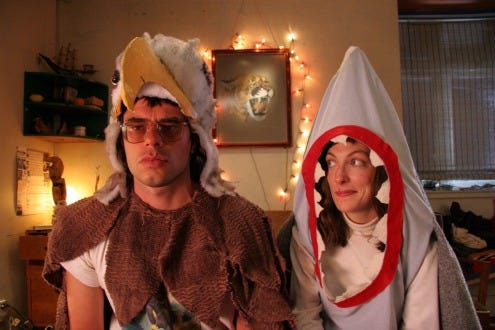
A quirky, oddball rom com starring Jemaine Clement, that bloke from "Flight of the Conchords." He plays Jarrod, awkward socially misfit number one (Eagle), who starts dating Lily (Loren Horsley, 2003's "Kombi Nation"), awkward social misfit number two (Shark), even though he actually fancies her workmate Jenny (Chelsie Preston-Crayford). Lily turns up at his party instead of Jenny, and the two hit it off after discovering their love of the same video game, "Fight Man." A strange relationship begins that involves Lily and her brother, Damon (Joel Tobeck, 2007's "30 Days of Night"), driving Jerrod home so he can fight his high-school bully, Eric (David Fane).
"Tracker" (2011)
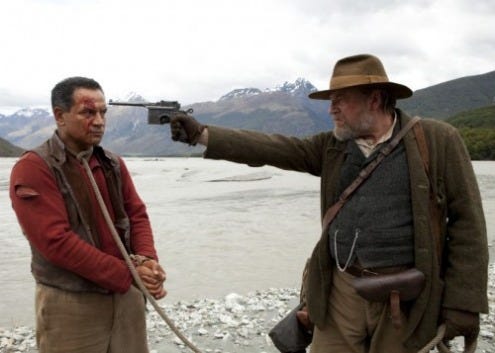
Ray Winstone is gruff ex-guerilla soldier Arjan van Diemen, who returns to a not-so-welcoming welcome party when he arrives back in the country at customs. His skills are soon enlisted to hunt down and kill a Maori man accused of killing a British soldier. Things become decidedly primal when Arjan and accusee Kereama (Temuera Morrison, 1997's "Speed 2: Cruise Control") come face to face, and Arjan becomes unsure of his mission and himself. Previously a second unit director for "GoldenEye" (1995) and "Who Framed Roger Rabbit?" (1988), Ian Sharp makes his first outing as a fully fledged director.


